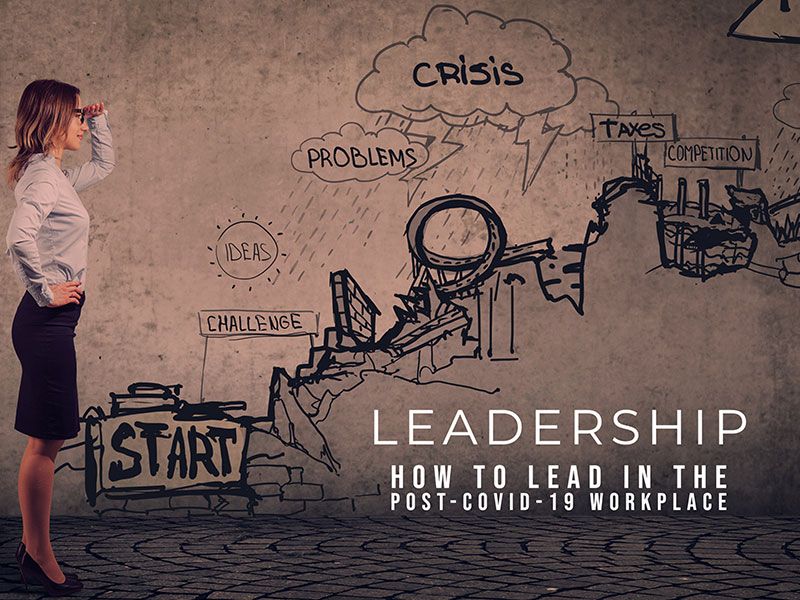What Physics can teach us about Leadership in the post-COVID-19 workplace

Chris Leidli
Author
The post-COVID-19 society will need leaders who are agile and know how to harness organizational energy to motivate, innovate and drive results as business models adapt to the new market conditions. Some organizations emerge from a crisis stronger and more ready to thrive than they were before the crisis arrived. The big differentiator that separates them from companies that falter is people – how their leaders empathize, engage, motivate, and capitalize on their talents and knowledge in the face of adversity.
I have been fascinated by how things work since I was a young boy. As a grew older, my curiosity grew in to wanting to better understand how the laws of Physics can explain organizational behaviors within companies and how to be a more impactful leader. So what can Leaders do in the post-COVID-19 world to turn adversity in to advantage during unprecedented uncertainty and disruption?
Secrets to Generating Momentum at Work
Change is work. Work requires energy. Where does the energy come from in an organization?
The 1st law of thermodynamics states that energy cannot be created or destroyed. Therefore, the energy required to change a system must come from within a closed system – changing from pressure to temperature – or from beyond the closed system. The same is true about driving innovation or change at work. Energy can come from the outside, via pressure from shareholders or new executive team members – or the system’s own potential energy can be transformed into kinetic energy.
Energy can also be transformed by the presence of a catalyst.
In a chemical solution, an enzyme plays the role of the catalyst – to accelerate the original constituent reactants to become more than they are capable of becoming by themselves. Likewise, a person who is being a leadership catalyst enables others to become more than they are capable of becoming by themselves.
In an organization, leaders play the role of the catalyst. A catalyst leader is someone who’s leading change. They see what’s happening in the world and they jump in. Catalyst leaders are those who are forward looking; they know you can’t lead without having a vision for something new. They’re also leaders who are willing to push through resistance. By becoming leadership catalysts, people can become force multipliers in their organizations by helping to exponentially improve the organization’s leadership agility and capability.
The Law of Leverage: “Give me a Lever and I will change the World”
Archimedes deduced over 2,000 years ago that force can be multiplied by applying it to a lever at a certain distance from the fulcrum. The same is true at work…we must maximize the return on effort by changing the things (leverage points) that will product the biggest results. Finding the right levers and pushing them hard enough is critical to driving organizational change and delivering on business goals.
People are the key to the success of any company – they are the lever by which every other asset is utilized and made valuable toward the success of the enterprise. We often speak of “leveraging the value of our human capital.” The law of leverage – which focuses energy on the key changes or leverage points or business priorities – is critical during the early stages of a project – or during times of great uncertainty – when energy may be scarce.
In the post-COVID-19 workplace, knowing where to focus energy and resources will be critical to ensuring business model reinvention and meeting needs of your customers.
Create the Conditions for your Success
Many new Leaders discover, often belatedly, that they are expected to do more than just lead their function or team, they must also initiate and drive changes that will deliver business results during times where markets are fast evolving. It is the Leader’s responsibility to create those conditions for success.
- So, go out there and be a catalyst leader to liberate the energy to drive innovation and organizational change within your company.
© 2023 Chrisfromboulder. All Rights Reserved.
Designed And Powered By WebriQ

